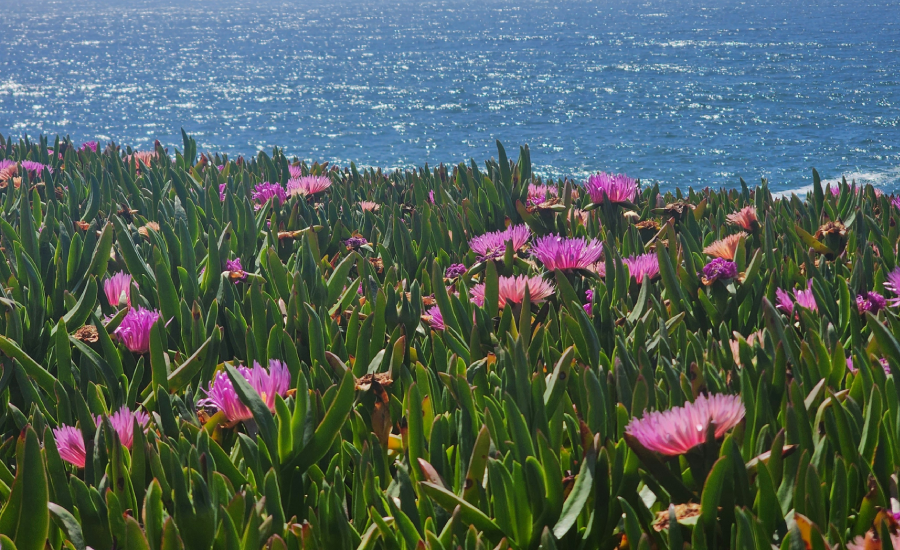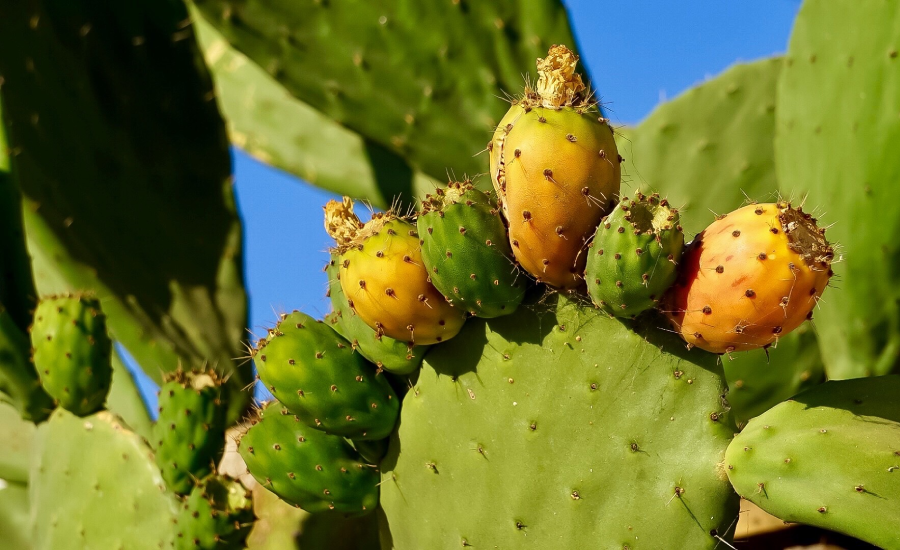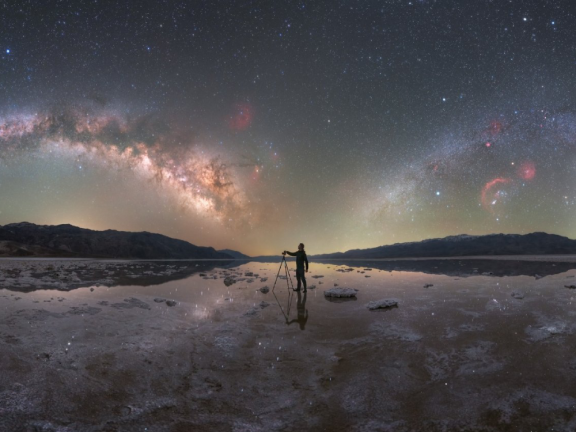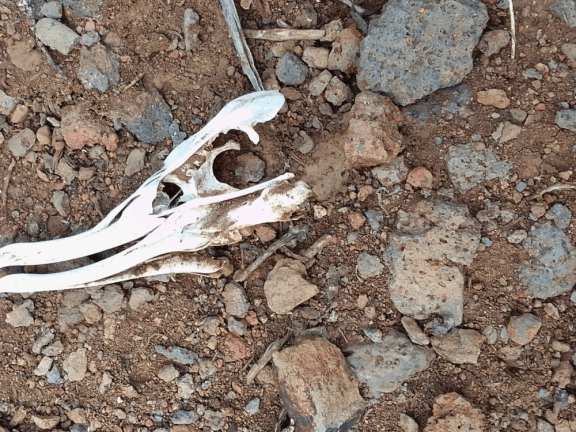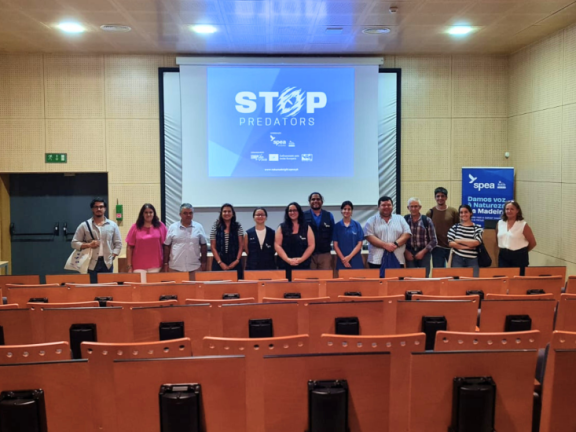A species is considered invasive when, introduced outside its natural habitat, it spreads rapidly and causes damage to biodiversity and ecosystems. In Madeira, several plants introduced by humans have become invasive, silently transforming their habitats.
Among the invasive species with the greatest impact on the habitats of the island of Madeira are the ice plant (Carpobrotus edulis), introduced as an ornamental plant and also to stabilize sandy soils and dunes; the giant reed (Arundo donax), traditionally used as a source of fuel and for the production of light utensils; acacia (Acacia spp.), cultivated for wood, fodder, erosion control, and as a hedge; and prickly pear (Opuntia ficus-indica), which had ornamental uses, served as a natural barrier on agricultural land, and also produced edible fruit.
Despite the original purpose of these plant species, they have all spread uncontrollably, causing significant negative impacts on the island’s ecosystems. By replacing native vegetation, they alter the soil structure of the cliffs, increasing the risk of landslides and fires, and reducing the space available for seabirds to nest. This habitat change also compromises species diversity, affecting the balance of ecosystems and harming other plants and animals that depend on these coastal habitats.
The BESTLIFE 2030 STOP Predators project highlights the need to control these invasive plants and restore native vegetation, promoting the restoration of coastal habitats and ensuring better conditions for the fauna that depend on them. Small gestures by the population and entities can have a significant impact, such as avoiding growing them in gardens, choosing to plant species native to Madeira, and participating in controlled removal actions for these invasive species.
Protecting natural habitats is an effort that involves the whole of society. By combating the spread of invasive species and restoring native vegetation, it will be possible to ensure a more balanced future for Madeira’s coastal biodiversity, protecting not only seabirds but also the island’s unique natural heritage.
